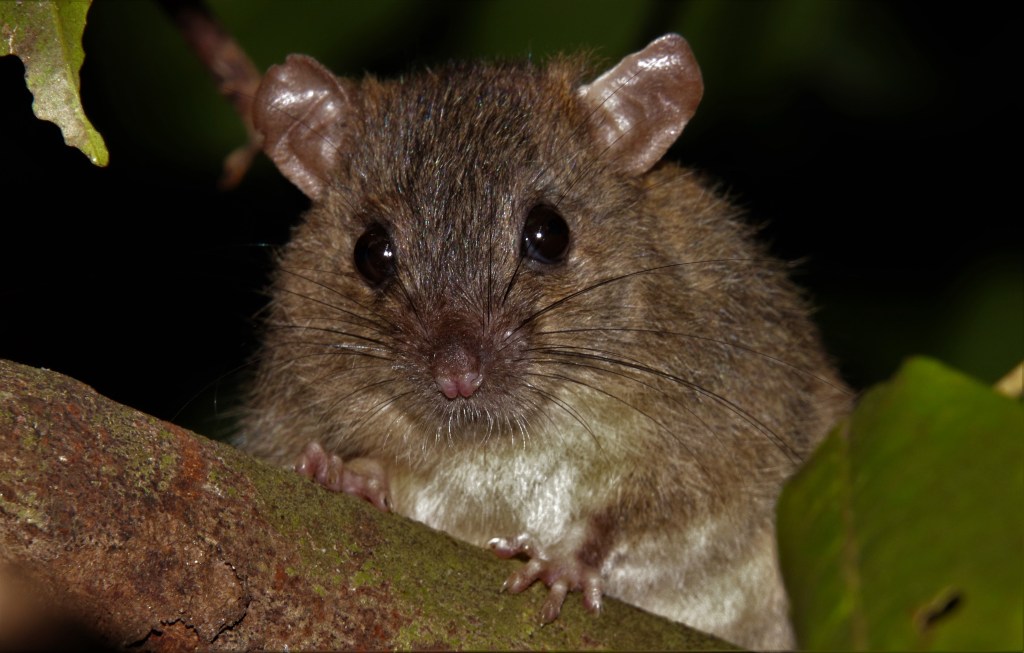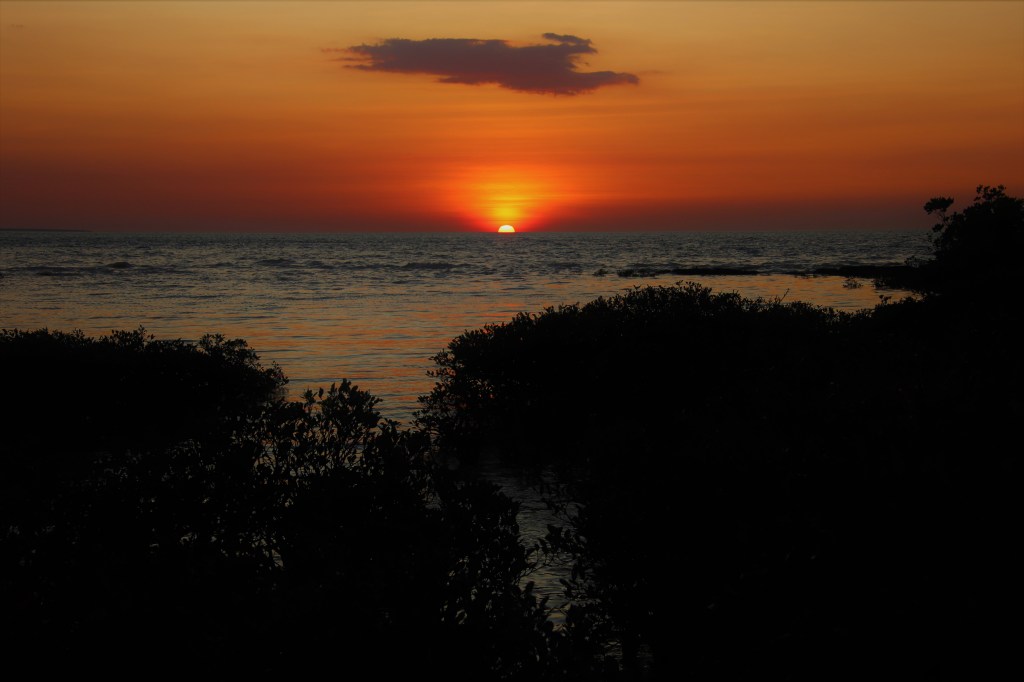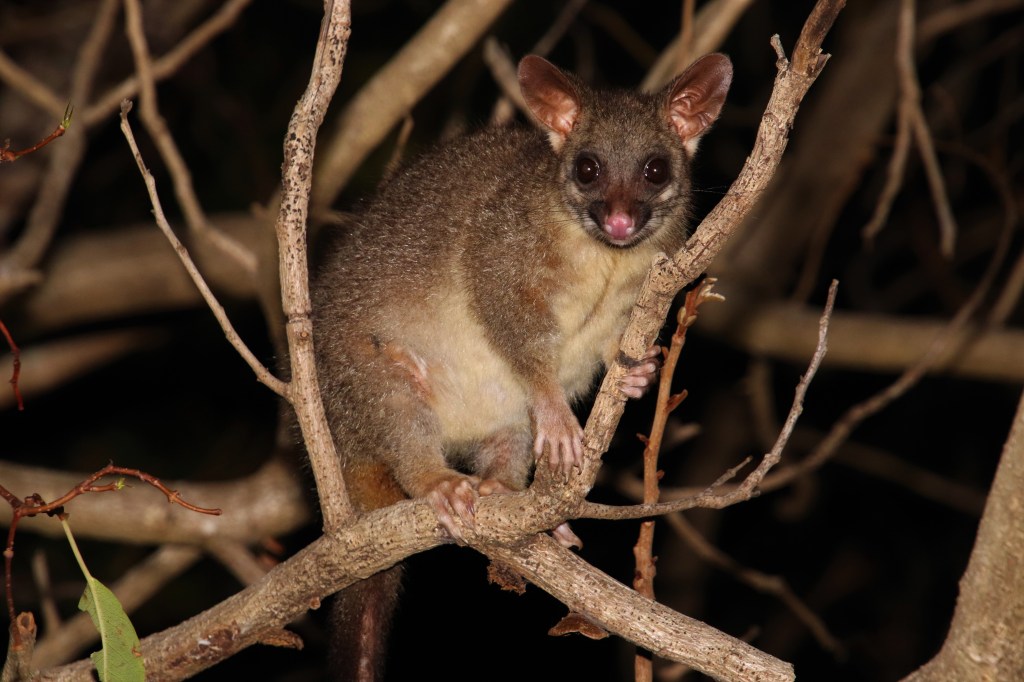Larrakia Country
As the late afternoon flight descended into Darwin, a collective smoke haze from an abundance of dry season fires, dotted across the landscape below painted the sun a deep red. It had been 20 years since the last visit to Australia’s “Top End” and it was exciting to be back.
The principal reason for the visit to the Northern Territory, was to walk the Jatbula Trail scheduled for later that week, but first there were four days in the Northern Territory’s capital Darwin. These would be used to both prepare for the walk and of course to search for wildlife. The journey from Perth had consumed a full day of travel and so the initial night, instead of spotlighting, was resigned to enjoying a cold beer and the balmy tropical evening.
The following morning, with a spring in the step that comes from waking up in a new city full of possibilities, I visited Darwin Botanical Gardens a pleasant 30 minute walk from the city centre, for there at the gardens two species of Owl are reputed to roost.
Undoubtedly, the first bird encountered at the gardens will be the Orange-footed Scrubfowl that scratch and scape among the leaflitter. These birds of the megapode (translation large-foot) family are mound-builders and assemble impressive structures of dirt and leaf litter for egg incubation.
The three Australian species of the megapode family, are the Orange-footed Scrub Fowl, Malleefowl and the Brush Turkey, the latter being the curse of gardeners the length of Australia’s Eastern Seaboard!
Orange-footed Scrub Fowl.

The Owl species that regularly roost at the gardens are the Barking and Rufous Owl. I found neither despite three days of searching. I did however, on the final day discover the Visitor Centre within the gardens, contains a book in which the public can report sightings of the roosting Owls.
Prior knowledge of this book would have resulted in easy viewing of the Barking Owls, that were in a tree at the end of the Visitor Centre for the first two days of my visit. They were not of course in that tree the day I discovered the book!
The Rufous Owls inhabit the Rainforest Section of the gardens, where they do well from the prolific possum population.
Disappointing as it was to miss these Owls in Darwin, reparations were made in Northern Queensland later in the trip when a Rufous Owl was photographed predating an arboreal mammal! (See part 4.)
I hired a car while in Darwin, to visit a patch of eucalypt woodland I been advised might contain the Northern Territory’s most sought after mammal, the elusive Black-footed Tree Rat.
When I drove out to the eucalypt woodland to recce the area to be spotlighted on that first day, I encountered a man carrying a cloth-covered cage. Inside the cage was a Northern Brushtail Possum in the process of being translocated from the roof cavity of the man’s residence to this patch of native bush.
Northern Brushtail Possum.

The plan for the three nights in Darwin was initially to spotlight East Point Reserve, and then visit the eucalypt woodland in the hope of an encounter with a Black-footed Tree Rat.
The latter part of that afternoon was spent at East Point Reserve where as the shadows lengthened so Agile Wallabies emerged from the monsoonal rainforest to graze in the open fields. The wallabies were also present on an early morning visit to the reserve.
Agile Wallaby.

The Agile Wallabies were not the only wildlife on the open fields, for also around in good numbers was the cryptic Bush Stone-curlew. These ground nesting birds do well in the North of Australia in the absence of the European Fox.
Bush Stone-curlew.

The Monsoon Forest Trail at East Point Reserve is a 2.5 kilometre circular loop starting at the Southern Part of the peninsula, near the famous Darwin restaurant Pee Wees. The trail is even, well-defined, and mostly free of detritus, which made it perfect for thermal imaging. The forest below eye-level was concentrated on rather than the canopy containing arboreal species.
Map of showing location of Monsoon Forest at East Point Reserve.
Conditions during both nights thermal imaging the trail were moonless and still. Northern Brown Bandicoots were the mammal most commonly encountered with two animals on the first night and four on the second. Agiles Wallabies were also present in the forest. Three heat images climbing the rainforest vines were Grassland Melomys.
Grassland Melomys.

Two of the Melomys were adults, while the third animal seen below was a juvenile. (Thanks to Rebecca Diete and Katja Pracher from the Australian Mammal Identification Facebook Page for help with identification of the Juvenile Grassland Melomys.)
Juvenile Grassland Melomys.

The repetitive call of a Large-tailed Nightjar echoed through the still forest on the first night. This nocturnal bird was heard but not seen, although another member of the Nightjar Family was perched on a branch above the path, an ever curious Tawny Frogmouth.
Tawny Frogmouth.

The lawn area at the start of the trail contained Northern Brushtail Possums, while in the rainforest between this lawn and Pee Wees Restaurant a Savanna Glider was seen in the canopy, that performed an impressive glide under the spotlight.
When I finally arrived at the potential tree rat location at 10.30pm on the first night of spotlighting, the temperature was still a balmy 24C. I set off on foot and within a few minutes there was the heat image of large-possum-sized mammal on the imager.
The mammal was foraging at the base of a tree, but when alerted to my presence, by either ambient light from the stars or more likely footfall, leapt up onto the trunk of the eucalypt where it froze. I turned on the spotlight and there before my eyes was an impressive rodent almost a kilogram in weight, the sought-after Black-footed Tree Rat.
Black-footed Tree Rat.

This was incredible, a Black-footed Tree Rat on the first night of spotlighting. Credit for this sighting however, must lie with Simon Greppler. Simon a naturalist who had previously seen the Black-footed Tree Rat at this location had been kind enough to pass on the information. Many thanks Simon!
The Black-footed Tree Rat was seen only on the first of the three nights at this location, but other mammals seen were Northern Brown Bandicoots, Northern Brushtail Possums and Agile Wallabies.
All three nights in Darwin spectacular sunsets were viewed from East Point Reserve. The sunset colours were enhanced by the smoke in the atmosphere from the dry season wildfires. There is no shortage of vantage points from this West facing peninsula jutting out into the Beagle Gulf.
Sunset amongst the mangroves – East Point Reserve.

The Mangrove Boardwalk is another short walk which was spotlighted during the second night at East Point Reserve. The start of the trail is near Lake Alexander, while it terminates in a metal boardwalk through the mangroves that submerges at high tide!
The first set of eyeshine seen was that of a Tawny Frogmouth, closely followed by eyeshine from the base of a nearby tree. Closer investigation revealed this eyeshine to be that of a Green Tree Frog. The climbing habit of this large frog found across the top of Australia and down the East Coast to the Victorian Border is revealed by the prominent discs at the end of the fingers.
This was the most humid of the three days spent in Darwin and a humid night even in the dry season will bring out this species. I have encountered this frog at Windjana Gorge in Western Australia’s Kimberley Region in similar conditions.
Green Tree Frog.

The final sighting on this short walk was a Northern Brushtail Possum, a species that does well throughout East Point Reserve. The Darwin Botanical Gardens are another hotspot for these Possums and almost every large tree at the gardens contains a pair of Possum eyeshine after dark!
Northern Brushtail Possum.

The time in Darwin had come to a close, it was time to head South to Nitmiluk Gorge, trailhead of the Jatbula. Temperatures in Darwin had been hot but things were going to get hotter on the Jatbula Trail. To be continued in Part 2…..
#QuollingAround
Your Tawny Frogmouth photo is wonderful! I look forward to reading about your Jatbula hike!
LikeLike
Thanks Anna, I didn’t notice the frogmouth until last minute because I was scanning the forest floor with the thermal imager. I don’t know who was more surprised 😮
LikeLiked by 1 person
Great to read about wildlife so close to a city. May this continue. It requires Darwinians to appreciate their surrounds and protect them from urban expansion.
Am posting this comment from Syracuse, Sicily, where the only wildlife apparent in this city is the ubiquitous pigeons. Hmmmm!
LikeLike
Hey Gordon, I hope Sicily is treating you well! The Darwinians certainly still have many green places to celebrate. Long may this continue!!
LikeLike
An entertaining and informative description of the wildlife at Darwin’s botanical gardens and the Northern territories. such variety, the photographs and description of each one of the wildlife inhabitants was a joy to read.
LikeLike
Thanks Jim Snr glad you enjoyed, next year I will be walking the Gower walks with you!
LikeLike
Your research and planning for each trip is impressive and the high definition in your photos is awesome. Thanks to your blog I am discovering some amazing wildlife and places.
LikeLike
Thanks for your kind words Cheryl
LikeLike